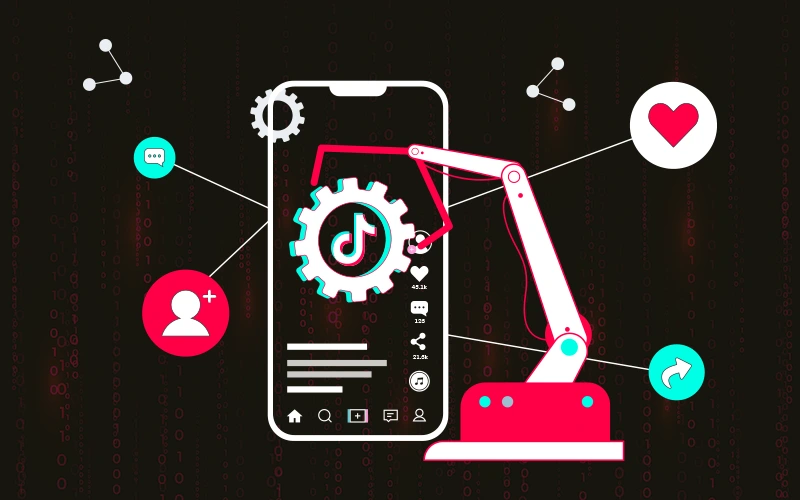As TikTok continues to grow, people continue to question its potential impacts on society, particularly regarding mental health. According to a study done at the University of Minnesota (U of M) computer science researchers, the social media platform and its unique algorithm can serve as both a comfort and a hindrance for users struggling with their mental health. The researchers’ study is published in the proceedings of the Association for Computing Machinery (ACM) Conference on Human Factors in Computing Systems.
With the interviews of TikTok users, the U and M team found that the platform structure was
porous, allowing for self-discovery and understanding, not found in other social media platforms. However, participants said that the TikTok algorithm also displayed a worrying tendency to repeatedly expose users to content that could be harmful to their mental health.
“TikTok is misunderstood by people who don’t use the platform,” explained Stevie Chancellor, senior author of the paper and an assistant professor in the College of Science and Engineering.
“They think of it as the dance platform or the place where everybody gets an ADHD diagnosis. Our research shows that TikTok helps people find community and mental health information. But, people should also be mindful of its algorithm, how it works, and when the system provides them things that are harmful to their wellbeing.”
In the research, the introduction summarized how TikTok is a significant hub for mental health discourse. A content analysis of 100 popular #mentalhealth videos had reached 1.3 billion views and over 266 million likes. Recent research suggested that TikTok influencers impact perceptions of public health and mental health information. However, there were growing concerns about TikTok’s mental health content and its impact on user well-being. Despite this app being a social media platform it differentiates since it is primarily run by a recommender system algorithm that displays videos it thinks you will like on your “For you page” feed. While it is great for fitting one’s interests, it can also lead to a negative or misleading rabbit hole.
“For example, early research on ADHD TikTok content, one of the most ubiquitous topics on the platform, suggests that half of the content was misleading,” researchers said in the paper.
“TikTok is a huge platform for mental health content. People tend to gravitate toward social media to find information and other people who are going through similar situations. A lot of our participants talked about how helpful this mental health information was. But at some point, because of the way the feed works, it’s just going to keep giving you more and more of the same content. And that’s when it can go from being helpful to being distressing and triggering,” said Ashlee Milton, the first author of the paper and a University of Minnesota computer science and engineering Ph.D. student
U of M researchers stated that all of this doesn’t mean TikTok is bad. However, they recommend keeping this useful information in mind when using the platform.
“One of our participants jokingly referred to the For You page as a ‘dopamine slot machine,’” Milton said.
“They talked about how they would keep scrolling just so that they could get to a good post because they didn’t want to end on a bad post. It’s important to be able to recognize what is happening.”


